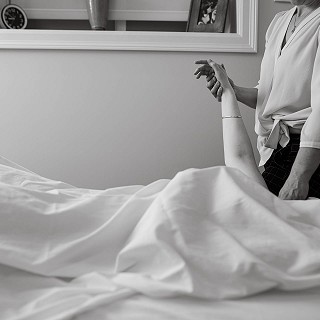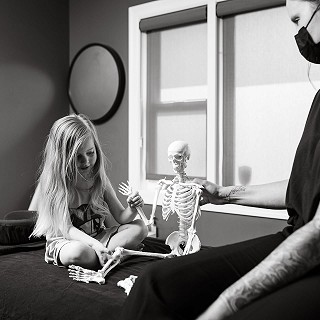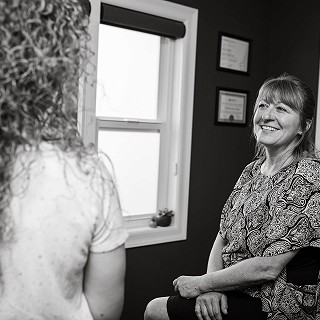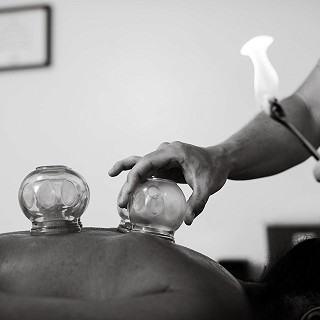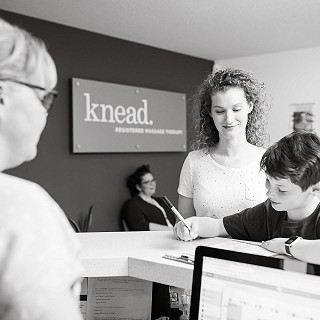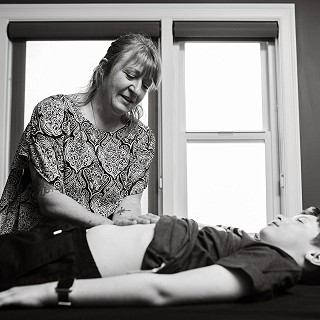Avoiding Dehydration
Water is important to the body at all times, but especially in warm weather. It keeps the body from overheating. When you exercise, your muscles generate heat. To keep from burning up, your body needs to get rid of that heat. The main way the body discards heat in warm weather is through sweat. As sweat evaporates, it cools the tissues beneath. Lots of sweating reduces the body’s water level, and this loss of fluid affects normal bodily functions.
If you suspect that someone is dehydrated, seek immediate medical attention.
Signs of dehydration include:
- fatigue
- loss of appetite
- flushed skin
- heat intolerance
- light-headedness
- dark-coloured urine
- dry cough
The best way to beat dehydration is to drink before you get thirsty. If you wait until after you’re thirsty, you’re already dehydrated.
How to avoid dehydration
According to the American College of Sports Medicine, to avoid dehydration, active people should drink at least 16- 20 ounces of fluid one to two hours before an outdoor activity. After that, you should consume 6 to 12 ounces of fluid every 10 to 15 minutes that you are outside. When you are finished with the activity, you should drink more. How much more? To replace what you have lost: at least another 16 to 24 ounces (2- 3 cups) .
One way to make sure you are properly hydrated is to check your urine. If it’s clear, pale or straw-colored, it’s OK. If it’s darker than that, keep drinking!
Beverages: some hydrate, others dehydrate
Some beverages are better than others at preventing dehydration. Water is all you need if you are planning to be active in a low or moderate intensity activity, such as walking, for only an hour or less. If you plan to be exercising longer than that, or if you anticipate being out in the sun for more than a few hours, you may want to hydrate with some kind of sports drink. These replace not only fluid, but also chemicals like sodium and potassium, which are lost through perspiration. Too much or too little sodium and potassium in the body can cause trouble. Muscle cramping may be due to a deficiency of electrolytes, such as sodium and potassium.
Alcoholic and caffeinated beverages, such as coffee, teas, and colas, are not recommended for optimal hydration. These fluids tend to pull water from the body and promote dehydration. Fruit juice and fruit drinks may have too many carbohydrates, too little sodium, and may upset the stomach. If you’re going to drink fruit juices while exercising, you may try diluting them with 50% fruit juice and 50% water first.
Adequate hydration will keep your summer activities safer and much more enjoyable. If you need to increase your fluid intake, keep an extra pitcher of water with fresh lemons, limes, or cucumber in the refrigerator.
Perfect Summer Fruit Salad

Ingredients
- 2/3 cup fresh orange juice
- 1/3 cup fresh lemon juice
- 1/3 cup packed brown sugar
- 1/2 teaspoon grated orange zest
- 1/2 teaspoon grated lemon zest
- 1 teaspoon vanilla extract
- 2 cups cubed fresh pineapple
- 2 cups strawberries, hulled and sliced
- 3 kiwi fruit, peeled and sliced
- 3 bananas, sliced
- 2 oranges, peeled and sectioned
- 1 cup seedless grapes
- 2 cups blueberries
Instructions
Bring orange juice, lemon juice, brown sugar, orange zest, and lemon zest to a boil in a saucepan over medium-high heat. Reduce heat to medium-low, and simmer until slightly thickened, about 5 minutes. Remove from heat, and stir in vanilla extract. Set aside to cool.
Layer the fruit in a large, clear glass bowl in this order: pineapple, strawberries, kiwi fruit, bananas, oranges, grapes, and blueberries. Pour the cooled sauce over the fruit. Cover and refrigerate for 3 to 4 hours before serving.
Serves: 10
Lower Back Stretch
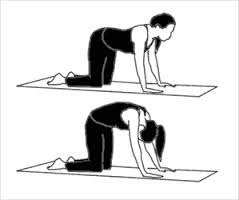
You’ll perform this stretch on the floor, on your hands and knees.
Make sure your hands are positioned immediately below your shoulders and your knees are positioned immediately below your hips.
- Start by arching your back towards the ceiling. Drop your head and pelvis. Keep your legs and arms straight and strong.
- Return to your original position.
- Drop your belly toward the floor; lift your face and hips toward the ceiling. Keep your legs and arms firm.
- Repeat this stretching sequence five to ten times, breathing slowly and deeply throughout. Inhale as you lift your face toward the ceiling; exhale as you drop your head and arch your back.
